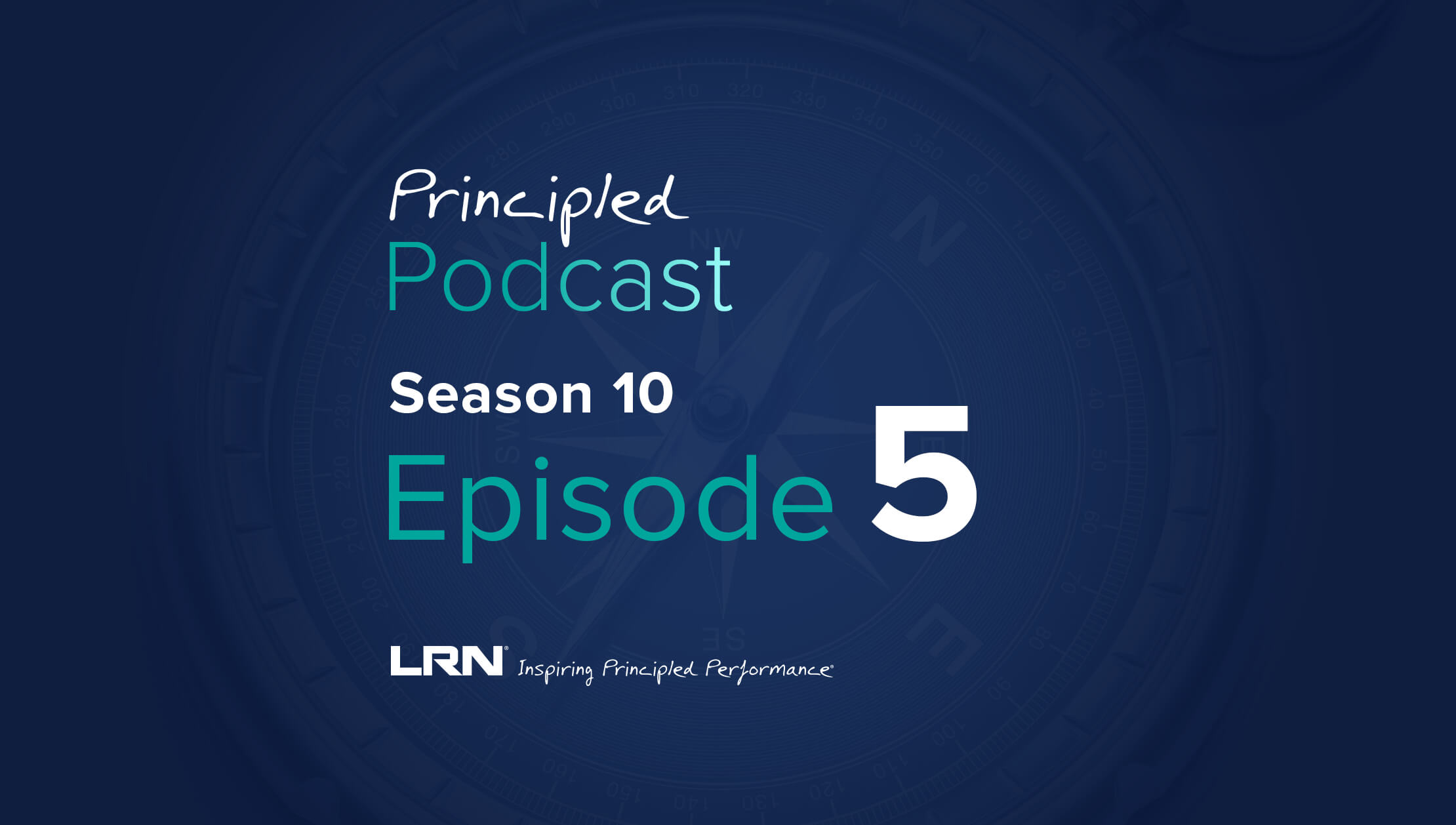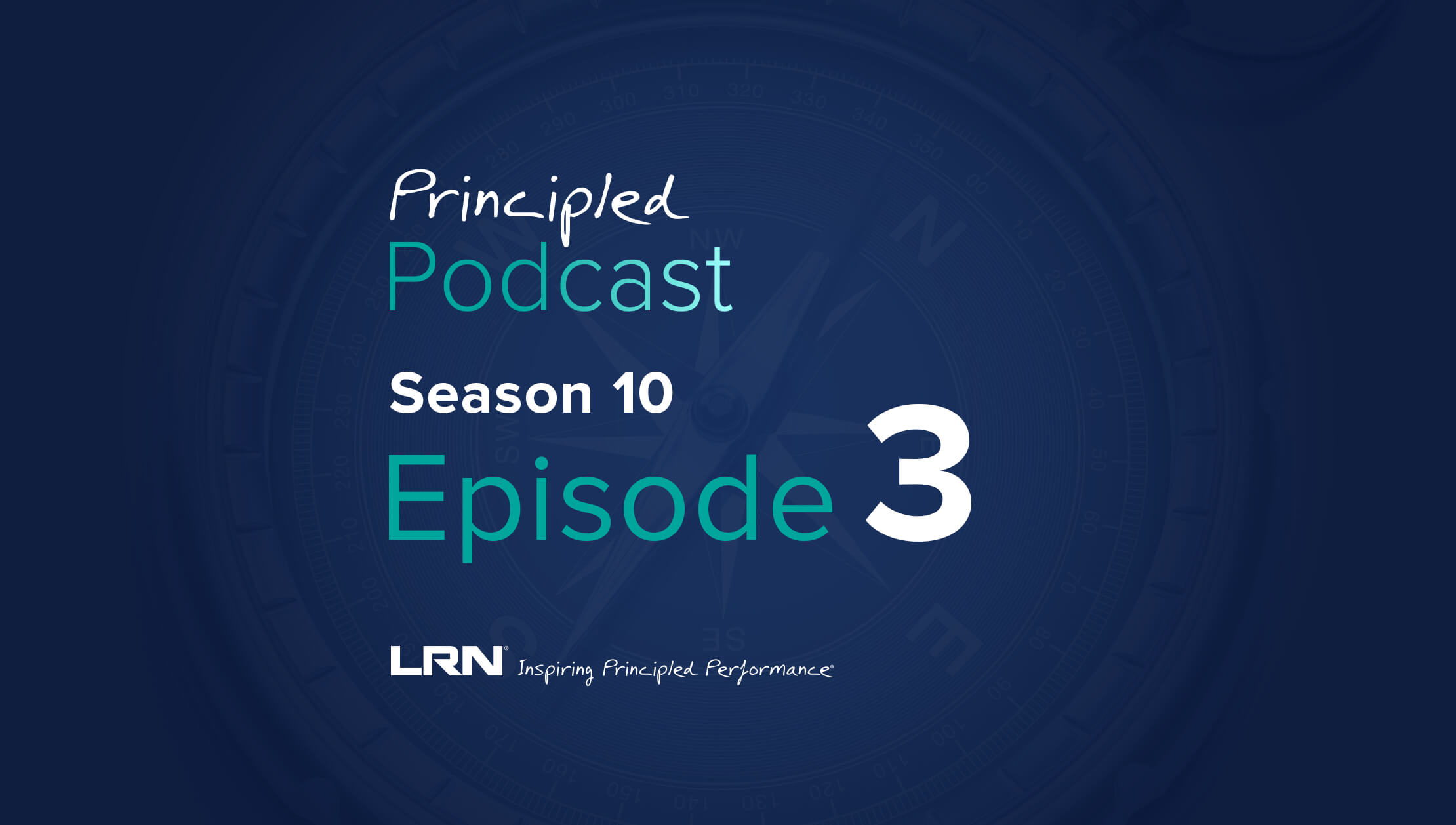Investing in ESG carries upfront and ongoing costs. But if implemented successfully, an ESG programme can deliver a considerable return on investment in the long term. At the 2022 Digital Trust Europe conference in London, our own Chief Advisory Officer Ty Francis led a panel exploring how a company's board can leverage ESG as part of a long-term strategy for healthy growth and success. Panellists featured in the discussion included:
- Sarah Beattie: Partner Corporate ESG, Knight Frank
- Mylene Hours-Markis: ESG Advisor, Communicate Impact
- Wesley Thomson: Head of ESG UK & Europe, Avison Young UK
Here are some highlights from the group’s discussion on the role boards can play in advancing ESG priorities.
What ESG is and why it matters to boards
Recent research around board understanding of ESG found that 85% of board directors said that their board needs to increase its knowledge. But Beattie noted that while most boards know what ESG is, many don’t fully understand what ESG is. It’s likely that boards have, to some extent, been advancing efforts that fall under the ESG umbrella but haven’t realised. In fact, an ESG report from EY acknowledges that the concept of ESG casts a wide net, leaving it up to individual companies to develop definitions for what ESG themes are most important to them. This ultimately informs their priorities, key performance indicators, and timelines for tracking progress and evaluating overall success.
4 levels of board commitment to and oversight of ESG strategy
Hours-Markis emphasized that the board’s commitment is the ultimate symbol of driving sustainability and spoke about the four levels of board commitment that help increase the maturity of an ESG programme:
- Compliance: ESG is seen as a regulatory necessity and boards complete the minimum requirement for ESG initiatives.
- Development: ESG initiatives are addressed at a company level but are still more materialistic.
- Strategy: ESG efforts are actively monitored and published, and the organisation communicates its ESG commitments and results transparently.
- Leadership engagement: Top management identifies ESG targets, and their approval is collaborative. The board of directors also wants to be thought leaders who set an example for their industry.
When it comes to oversight responsibilities, Hours-Markis said that boards must improve ESG strategy by actively reviewing and monitoring the performance of material issues. Boards must also lead the organisation’s culture and set management remuneration, an integral part of ESG oversight. Beattie agreed that ESG strategy should be built to give clear purpose and direction, while still allowing flexibility from the board to respond to expectations and reprioritize ESG efforts.
Does the board see the “S” of ESG as DEI or governance?
Thomson said that many boards of directors consider social issues—the “S” of ESG—to be issues related to both diversity, equity, and inclusion (DEI) and corporate governance. While every board is different in their approach, the importance of how the board is engaged remains high. Incentivising management is one route, but Thomson noted that communication is most important. What does it look like? How will data support that? There’s often a big communication gap. Proper communication—including supporting data and concrete examples—can lead to day-to-day transformation of behaviour. Thomson also emphasised the importance acting locally. For example, a US approach to ESG can’t be directly copied and applied to France. Board must recognise regional sensibilities and create localised plans of action.
The role of ESG or sustainability board committees
According to Hours-Markis, if board directors are serious about ESG then they need their entire board to own the responsibility for ESG—and ensure the rest of the company follows. One way to approach this is by forming an ESG or sustainability board committee that leverages each director’s unique skillsets. For board directors who don’t yet have a committee, Beattie challenged them to consider how often they talk to their peers and see if they have sustainability committees. While much of it depends on company structure, forming a committee can be a great way to demonstrate the board’s knowledge, agenda, and investment into ESG.
Technology, ESG, and board engagement
Thomson was quick to affirm that technology is both intersected with board engagement and core to achieving ESG efforts. The ability to provide benchmarking data, for example, is incredibly important for securing ESG investment. But, he noted, just because organisations and boards have accumulated data and acquired technology does not yet mean they have employed it well. Boards can do a better job of making space to support start-ups working on similar sustainability initiatives and seeking out tech investment opportunities that integrate ESG criteria.
ESG, recruitment, and the board agenda
Hours-Markis called out the significance—or lack thereof—that ESG plays in the board recruitment process, stating that during director interviews only 4% of candidates are asked about ESG. Beattie noted that it is likely ESG is not getting the proper attention in board interviews if the board does not yet have a comfortable level of ESG knowledge nor a subject matter expert. Research confirms that business leaders with the skills necessary to navigate the dynamics of boardrooms sometimes lack a true understanding of how deeply ESG issues runs. In fact, 69% of board directors said ESG knowledge is not a formal requirement for joining their board, nor is it included in their board’s competency matrix.
Beattie underscored the importance of ensuring your board has the right people, skillsets, and structure to support ESG initiatives and noted that recruitment is just one step in making progress; another is building ESG into the board agenda. EY’s ESG research found that 49% of boards discuss the ESG agenda and reporting at every meeting—up from 15% two years ago.
The key takeaway
By approaching ESG with a thought-out strategy, dedicated resources, and the right level of engagement, boards of directors can deliver a considerable return on investment in the long term for their organisations. You can learn more by browsing LRN’s list of free ESG resources or by checking out the ESG content below:
- How can boards advance ESG priorities through a values-based culture?
- How European boards can strengthen governance and ESG efforts
- Changing the Climate in the Boardroom: ESG insights from INSEAD



